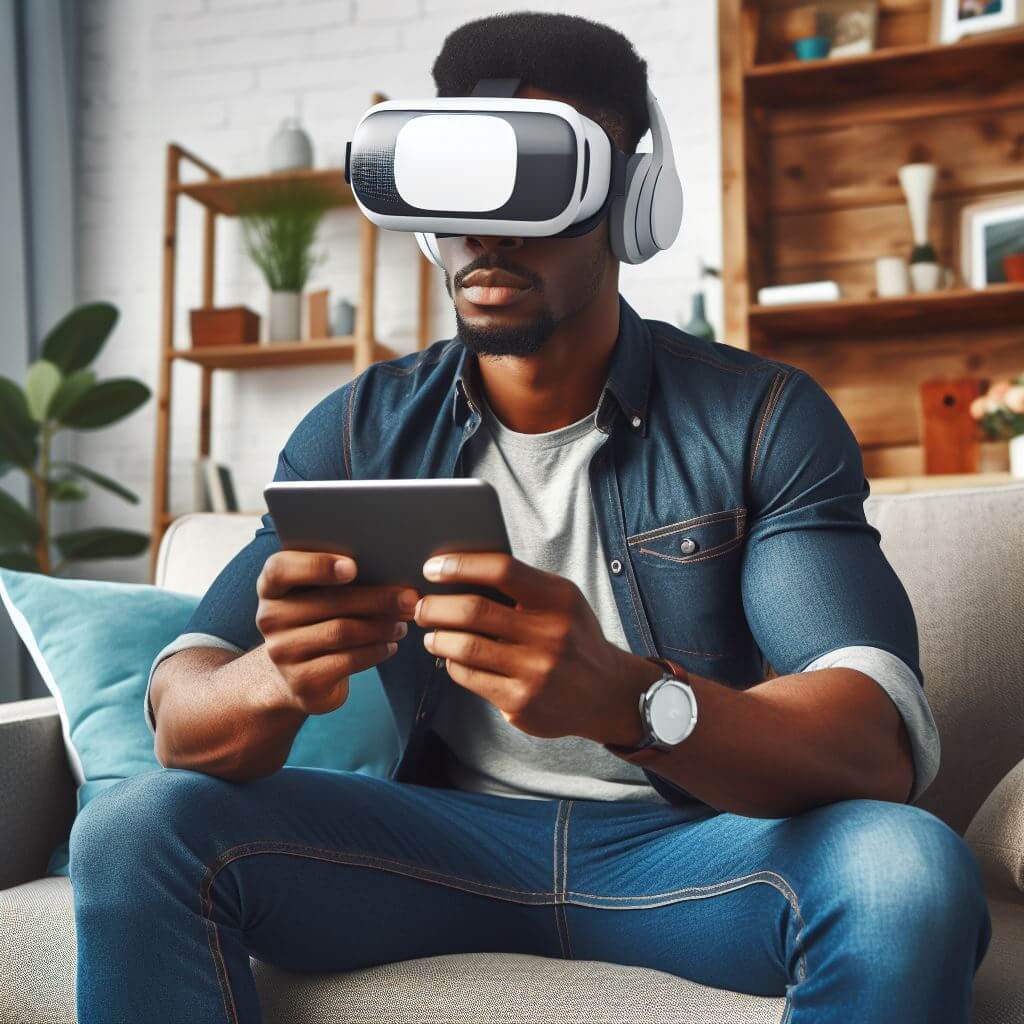Scientists have invented a technology that simulates walking for people who are sitting, dynamically creating a walking figure and its shadow in a panoramic video, complete with leg vibrations. This shadow creates a sense of physical presence. Looking ahead, this technology aims to enhance the immersion of any video content through a virtual representation.
 Walking, a basic but important human action and form of exercise, is an integral part of our daily lives. A collaboration between Toyohashi University of Technology and the University of Tokyo has led to the creation of technology that simulates the act of walking for people who are sitting. This innovation aims to create the sensation of walking in a virtual environment using both 3D computer graphics and panoramic live video. In these virtual settings, physical or embodied information plays a critical role in enriching the experience. This project enhances the walking experience by adding participant information to the panoramic video that was not originally part of the panoramic video.
Walking, a basic but important human action and form of exercise, is an integral part of our daily lives. A collaboration between Toyohashi University of Technology and the University of Tokyo has led to the creation of technology that simulates the act of walking for people who are sitting. This innovation aims to create the sensation of walking in a virtual environment using both 3D computer graphics and panoramic live video. In these virtual settings, physical or embodied information plays a critical role in enriching the experience. This project enhances the walking experience by adding participant information to the panoramic video that was not originally part of the panoramic video.
This additional information consists of the virtual person (avatar), its shadow created by the projected light, and the vibration resulting from the movements of the legs while walking. The feeling of walking is conveyed through the avatar, and its shadow blends into the panoramic video. The use of elongated shadows emphasizes the movements and presence of the legs, improving the imitation of walking. The results of this study are detailed in the i-Perception publication.
Although various walking simulation devices have been developed for virtual and meta-world realities, they often require physical movement, are bulky, complex, expensive, and unsuitable for personal use. These devices are also highly dependent on the user’s physical condition. A unique aspect of this research is making people feel like they are walking without physically moving their legs. Not only is the system compact and affordable, but it also uses an affordable virtual reality headset and four vibrators attached to the legs.
The setup includes ultra-high-definition panoramic video of walking viewed through a virtual reality headset. The movement of the integrated avatar matches the movements of the user’s head, ensuring that the avatar turns in the same way as the user. The avatar’s movements are dynamically displayed and incorporated into the panoramic video in real-time. Users watch the avatar from their perspective, making sure it stays in the center of the field of view, including its shadow, which appears directly on the track and is always visible from the headset’s viewing angle. When the avatar takes steps, the user feels the impact through the vibration of the heel and forefoot, creating a vivid walking sensation.
Future improvements in this technology could offer a rich experience, starting with the basic act of walking, accessible to people with physical limitations, potentially improving their quality of life. In addition, with compatibility with formats that capture the spatial environment, such as panoramic video, this system can satisfy a wide audience and adapt to different settings. If the device is improved for home use, it promises the possibility of virtual walks or trips without leaving home.
